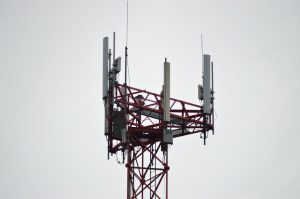
GEO Satellites: Unlocking the Power of Geostationary Orbit
GEO satellites, or Geostationary Orbit satellites, are a type of satellite that orbits the Earth at an altitude of approximately 36,000 kilometers, remaining stationary relative to a fixed point on the equator. This unique characteristic allows GEO satellites to provide continuous coverage of a specific region, making them ideal for a variety of applications, including telecommunications, weather forecasting, and navigation.
How GEO Satellites Work
GEO satellites are launched into a geostationary orbit, which is a circular orbit that matches the Earth’s rotational period. This means that the satellite completes one orbit around the Earth in exactly 24 hours, allowing it to remain stationary relative to a fixed point on the equator. The satellite’s altitude and orbital velocity are carefully calculated to ensure that it remains in a stable orbit, providing continuous coverage of a specific region.
Applications of GEO Satellites
GEO satellites have a wide range of applications, including telecommunications, weather forecasting, navigation, and Earth observation. In telecommunications, GEO satellites are used to provide broadband internet, television broadcasting, and mobile communications. They are also used in weather forecasting to monitor cloud patterns, track storms, and predict weather patterns. In navigation, GEO satellites are used to provide location information and timing signals, which are essential for aviation, maritime, and land navigation.
Benefits of GEO Satellites
The benefits of GEO satellites are numerous. They provide global coverage, allowing them to reach remote and underserved areas. They also offer high-bandwidth communications, making them ideal for applications that require high-speed data transfer. Additionally, GEO satellites are relatively low-cost compared to other types of satellites, making them an attractive option for many organizations.
Challenges and Limitations of GEO Satellites
Despite the many benefits of GEO satellites, there are also some challenges and limitations. One of the main challenges is the high latency associated with GEO satellites, which can range from 250 to 300 milliseconds. This can make real-time applications, such as video conferencing, difficult. Additionally, GEO satellites are susceptible to interference from other satellites and terrestrial systems, which can impact their performance.



